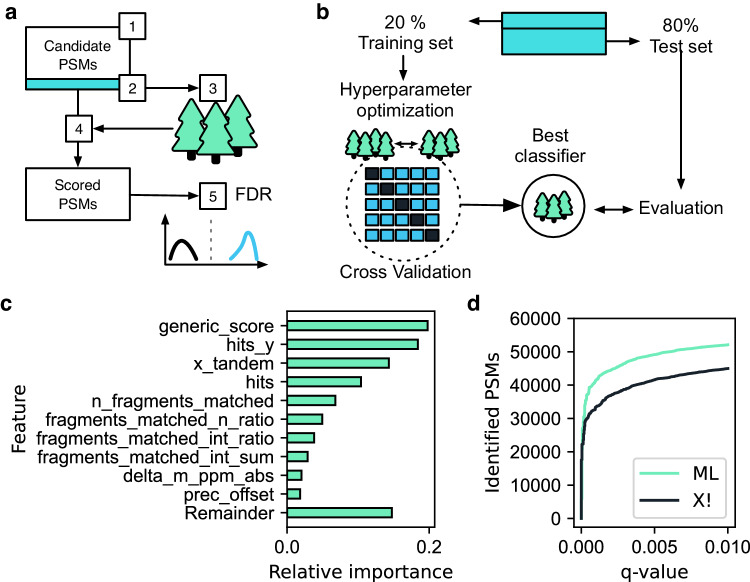Fig. 4. Machine learning-based scoring and FDR estimation.
a We train a Random Forest (RF) classifier on a subset of candidate PSMs to distinguish targets from decoys based on PSMs characteristics. A semi-supervised machine learning model is applied with the following steps: (1) extraction of all candidate PSM scores, (2) selection of a PSM subset for machine learning, (3) training of an RF classifier, and (4) application of the trained classifier to the full set of PSM candidates. Finally, the probability of the RF prediction is used as a score for subsequent FDR control (5). b Training of the classifier (step 4 in panel a) follows a train-test split scheme where only a fraction of the candidate subset is used for training. Using stringent cross-validation, multiple hyperparameters are tested to achieve optimal RF performance. The best classifier is benchmarked against the remaining test set. c Example feature importance for an Orbitrap test set, where the number of y-ion hits is the highest contributing factor to the model. Note that the RF algorithm can utilize any database identification score, such as the X!Tandem score chosen here, which is the fourth most important feature. The generic_score, our “generic score”, is a score based on the peptide length, the total number of fragment hits, b-ion hits, and the matched intensity ratio. See the AlphaPept workflow and files Notebook for an explanation of features. d Optimized identification with the ML score. Compared to the X!Tandem score alone, the ML optimization identified about 14.4% more PSMs for the same q value.

